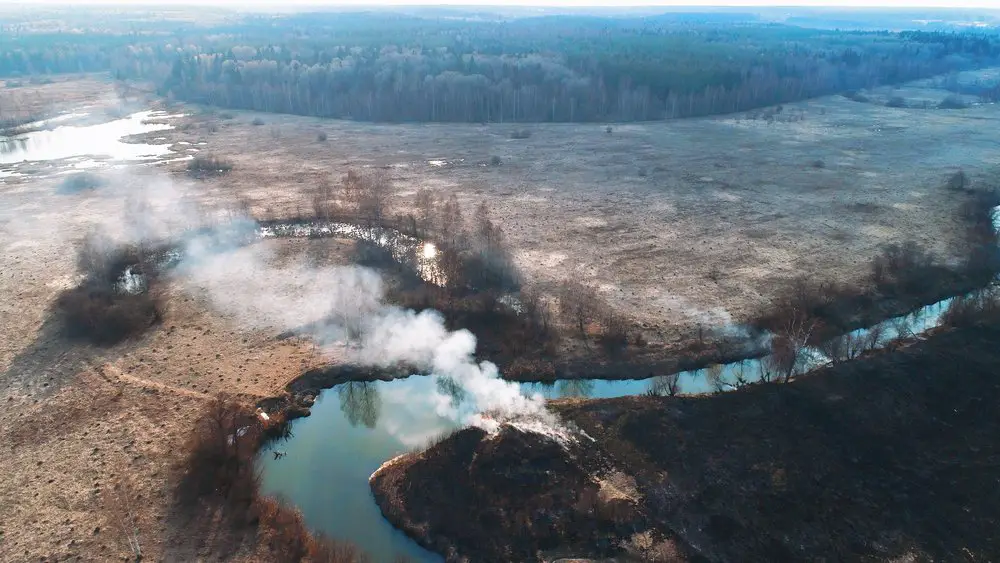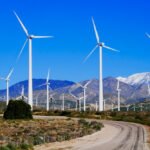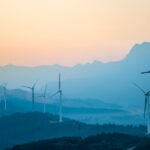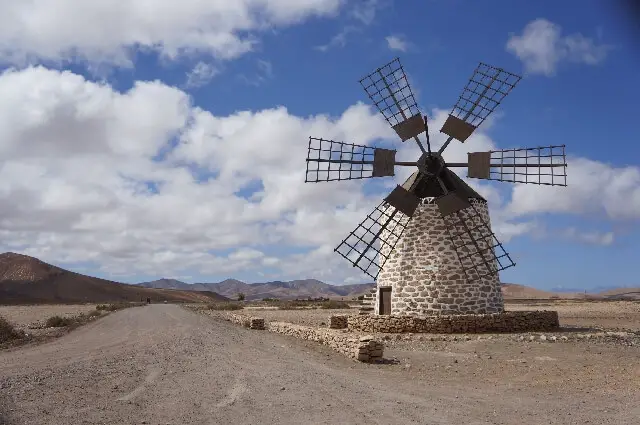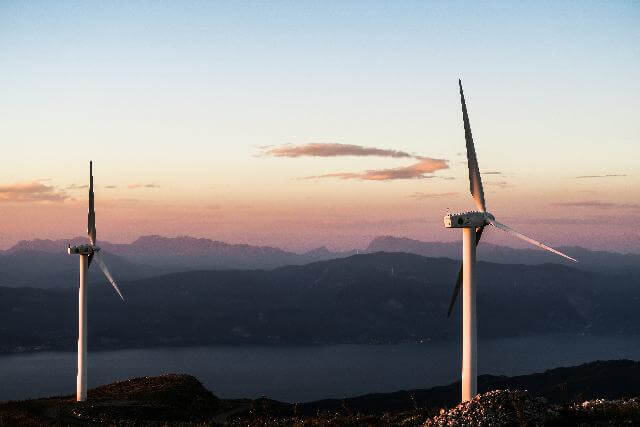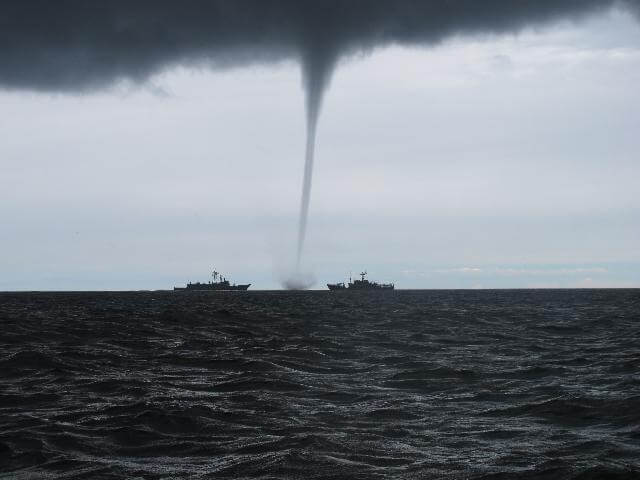Wind energy is seen as eco-friendly, sustainable, and renewable. But these things need a lot of space, which may lead to some challenges with the label “eco-friendly.”
One of the most controversial and shocking environmental risks of wind farms is deforestation.
And this negative effect, sadly, isn’t the only one with severe environmental impacts. Is it in the environment’s best interest to develop these wind farms in forests?
Here is everything you need to know about wind energy and deforestation.
What are wind turbines?
If you have ever been on a road trip, there is a good chance that you have driven past a wind farm. These high-tech machines are becoming common worldwide, and a wind farm consists of at least five wind turbines.
Wind turbines are machines that produce wind energy by converting the wind’s kinetic energy to mechanical energy through the turbine. Mechanical energy is then converted to electricity through a generator.
The electricity produced by wind turbines can serve several functions. Such as providing electrical power to homes, business buildings, and much more.
These machines are great at providing sustainable energy. Wind turbines also reduce greenhouse gasses, as wind energy is ultimately a renewable energy source.
But, if these high-tech machines are causing deforestation, are they environmentally friendly? After all, deforestation is not an environmental risk that we can afford.
Wind turbines and deforestation
Deforestation is the deliberate clearing of forest lands which includes the removal of trees. Deforestation has several environmental consequences, including:
- Climate change
- Soil erosion
- Loss of CO2 absorption capacity
- Emission of greenhouse gasses
- Loss of biodiversity
- Flooding
The wind turbines themselves don’t cause deforestation, but the development of wind farms can result in deforestation.
Developing wind farms on forests was ‘forbidden’ in the early stages of wind energy. This was because trees make wind farms less efficient. Trees reduce wind speed and result in unstable wind conditions, making forests an inefficient area for wind farms.
But, there have been advancements in wind turbine technology, which has made it possible for wind turbines to work effectively in forests. This is the result of taller wind turbine towers and blades. Allowing wind turbines to reach a higher altitude, where wind speeds are more significant and more consistent.
Are trees cut down for wind turbines?
The technological advancement of wind turbines has created more opportunities for wind farms. Wind turbines are now able to function effectively in forests and commercial forests.
Northern Europe has seen a considerable increase in the development of wind farms in forests. Countries like Scotland have seen significant development in wind farms.
A member of the Scottish public requested information about the number of trees felled for wind farm development in Scotland. The Scottish government stated under the Environmental Information (Scotland) Regulations 2004.
Finding that from January 1st, 1995 to December 31st, 2019, the felling of 13.9 million trees in Scotland for the development of wind farms. Replacing almost 2% of Scotland’s forestry with industrial wind farms.
So yes, trees are being cut down for wind turbines. Considering that we are only in the early stages of wind farm developments, this is alarming.
You may be thinking, ‘Can’t wind farm developers completely avoiding forestry land and develop wind farms somewhere else?’.
Unfortunately, this is not realistic for all countries.
Some countries do not have the land space required for wind farms. For example, the majority of Sweden consists of forestry land. It will be tough for wind farm developers to avoid developing wind farms on forestry land.
Even when wind farms are not situated in forests, deforestation will occur. Wind farm developers will still need to cut down at least a few trees during the construction phase—specifically, the construction of the roads for wind farms, powerline installations, and more.
Advantages of wind turbines in forests
- Renewable energy source
- Reducing the need for electricity powered by fossil fuels
- Does not need a lot of forest land
- Technology advancements allow wind turbines to work near trees
- Cost-effective in the long run
- Creates job possibilities
- Provides electricity for rural communities
- Modern look
Disadvantages of wind turbines in forests
- Deforestation
- Wind reliability due to trees
- Wind turbines are a threat to wildlife in forests
- May cause a visual disturbance
- May cause a noise disturbance
- Shadow flicker
Environmental impact of wind turbines
Cutting down trees takes away the environmentally friendly aspect of wind power. But, there is a popular argument for this point. The increased amount of wind farms will lead to a decrease in other types of energy sources such as fossil fuels.
What this means is that there will be a decrease in CO2 emissions.
Therefore, absorbing the amount of CO2 emissions needed will decrease because of this decrease in CO2 emissions. This means we will need fewer trees for the absorption of CO2 emissions.
Before cutting down any trees, the calculations of CO2 emissions need to be exact. Otherwise, wind farms would not be environmentally effective.
Conclusion?
Wind turbines are a great source of renewable energy. This source of energy has several advantages that work toward achieving environmental sustainability. While wind turbines are a renewable source of energy, they do cause deforestation.
The development of wind farms and especially forest wind farms cause deforestation. Ignoring this advantage will lead to severe impacts on the environment. Wind farms will not positively impact the environment in the long run if it means deforestation is necessary.
The best option would be to develop wind farms in areas that do not need a large amount of deforestation. Only then can wind turbines truly make a positive environmental impact.
References:
http://www.diva-portal.org/smash/get/diva2:1331608/FULLTEXT01.pdf
